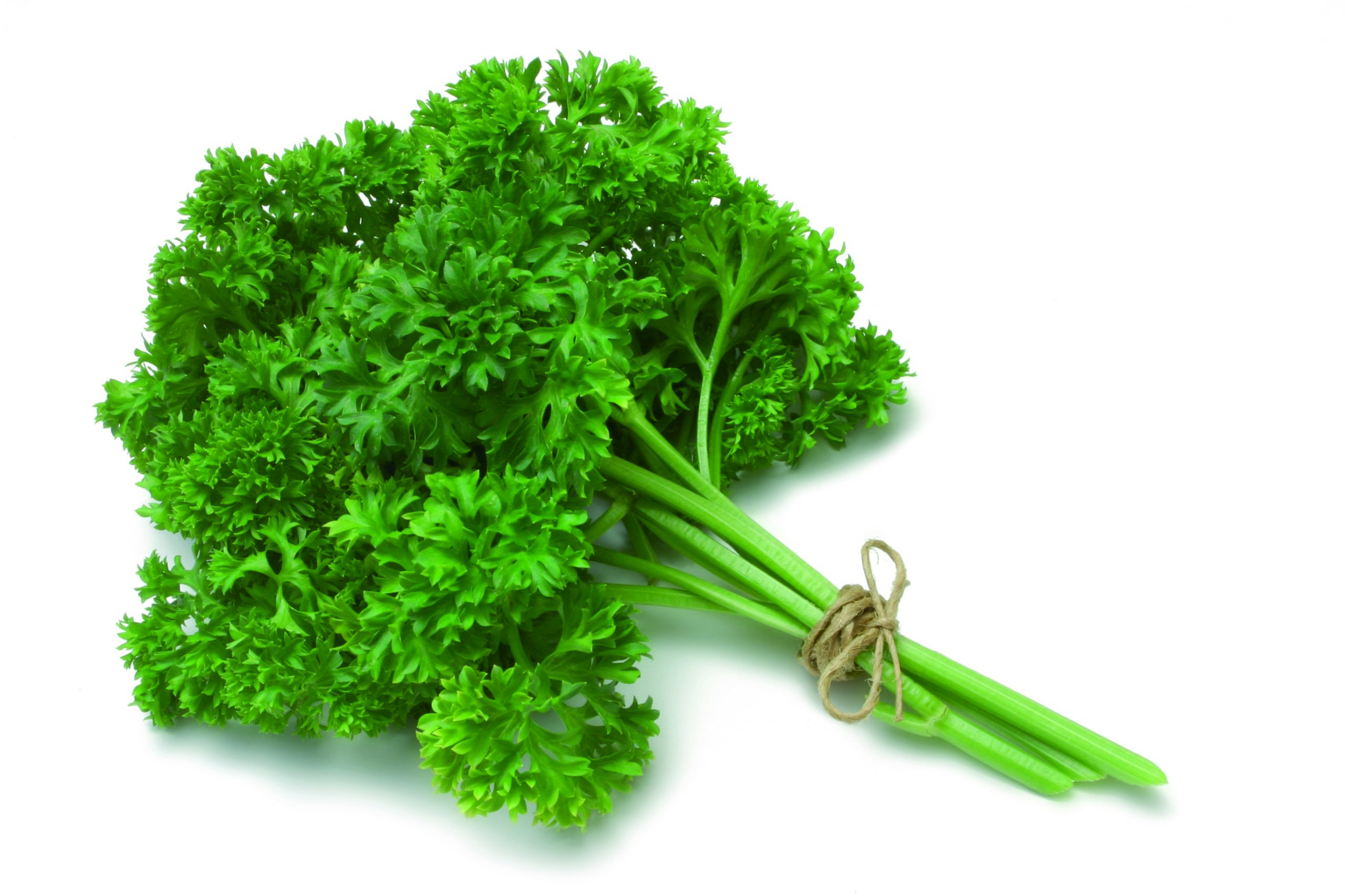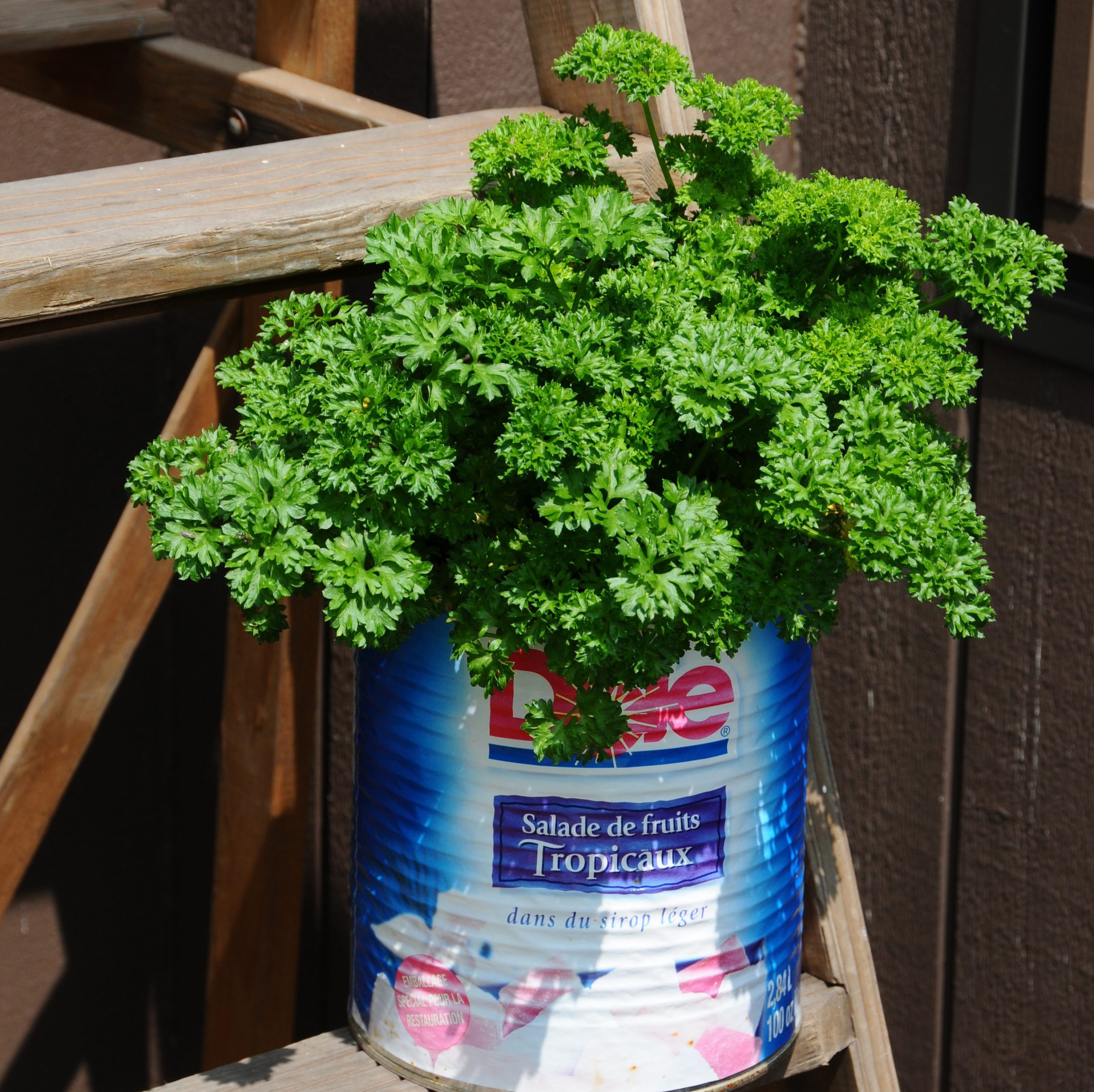| Maturity (days) | Annual |
|---|---|
| Plant height (cm) | 30-40 |
| Spreading (cm) | 30 |
| Type | Curled |
| Formulation | Organic |
Parsley Green Pearl
Parsley Green Pearl
3.79$
In stock
Parsley Green Pearl has been added to cart
Buy 3 and get a 10% discount
High quality variety densely filled with curly dark green leaves on strong stalks, ideal for garden and pot cultivation.
Cultivation mode
Plantation : Indoor: sow in peat pots (the roots do not like to be disturbed when transplanting). Wait 14–21 days for seedlings to appear and maintain soil temperature around 21 °C. Transplants 1 to 2 weeks before the last frost. Outdoor: Parsley can be sown in place as early as late winter, throughout spring and summer. Loosen the earth, that is to say, make it light by decompacting it as much as possible. Form furrows approximately every 25 cm. Bury the seeds in one to 2 cm and cover with potting soil.Water regularly in light rain until emergence which can last up to three weeks. As soon as the plants have formed 4 or 5 leaves, thin out to about 10 cm to leave room for the parsley to develop.Note: Soak the seeds in lukewarm water for 24 hours before sowing them.
Soil : Indoor: A well-drained, porous seedling soil is ideal for preventing overwatering. Outdoor: parsley is only productive in very fertile soil. He likes light, fresh and humus-rich soils. Fertilize plants with a liquid fertilizer rich in nitrogen and algae or with nettle manure.Container: Choose between using a universal soil or a specific soil for container cultivation which will be more optimized in nutrients.
Spacing : space plants 10 cm in the row and 25 cm between the rows. For balcony or patio cultivation, transplant to a container at least 25 cm in diameter.
Cultural practices : parsley is an easy to care for aromatic plants. Once properly established, it should grow most of the year, but a few maintenance steps will allow you to extend its harvest. Water in hot weather or prolonged drought. Parsley does indeed fear hot temperature variation which tends to make it yellow.
Harvest : leaves can be cut as needed and throughout the year. It’s better to pluck the leaves one at a time, rather than plucking a multitude of stems or cutting several stems at once with a chisel. Avoid shaving a completely growing foot as this will kill your plant. You can harvest parsley in all seasons, but it is important to protect your parsley in winter with a bell for example or to install it in an unheated greenhouse. Be sure to eat preferably the oldest leaves.Parsley can be used fresh, dried or frozen and is a fine biennial herb grown as an annual.
| Latin name |
Petroselinum |
|---|---|
| Companion plants |
asparagus, corn, eggplant, ground cherry, marjoram, radish, rosemary, tomato |
| Rival plants |
artichoke, dill, carrot, celery, bean, lettuce, parsnip, leek, peas |


